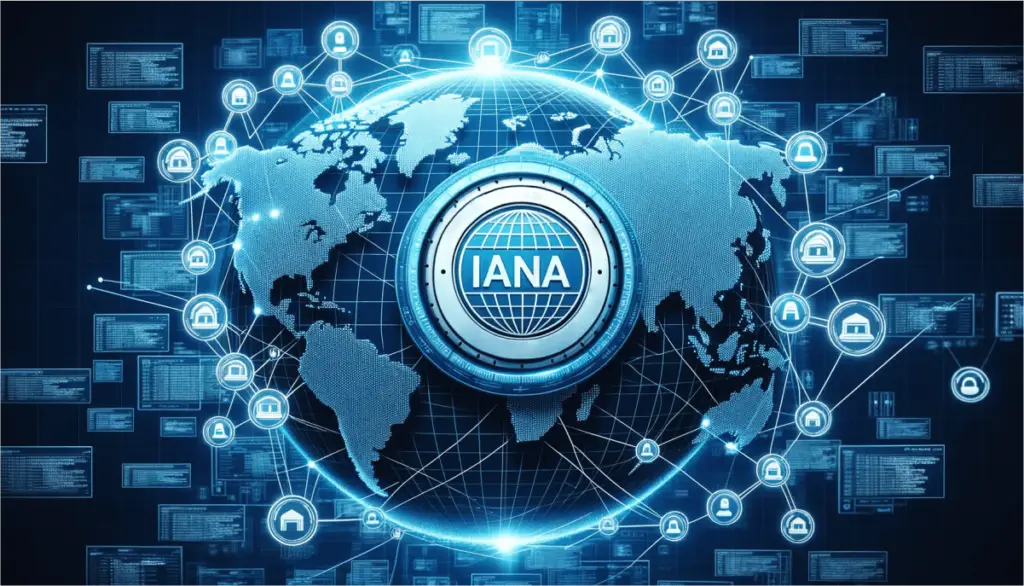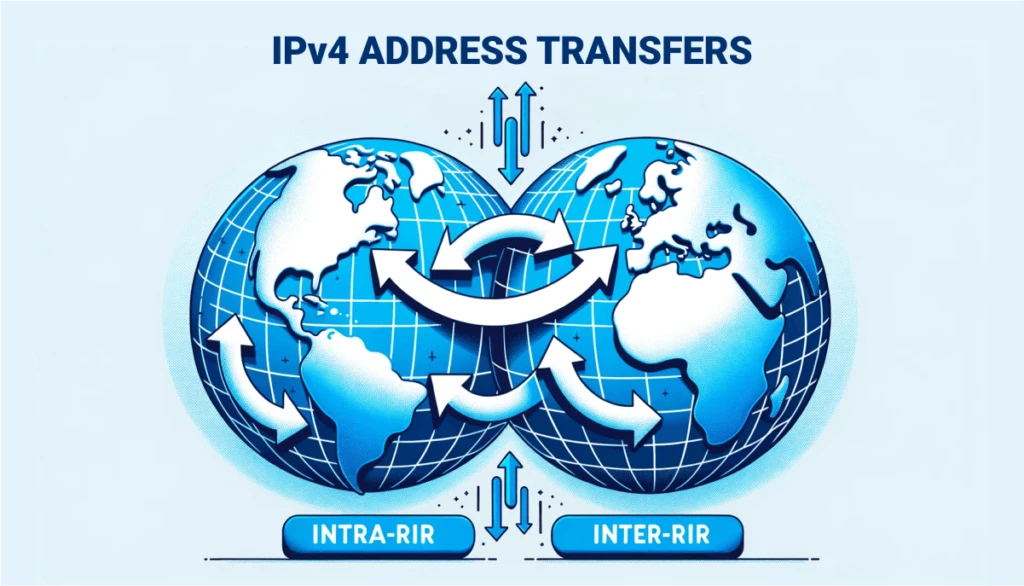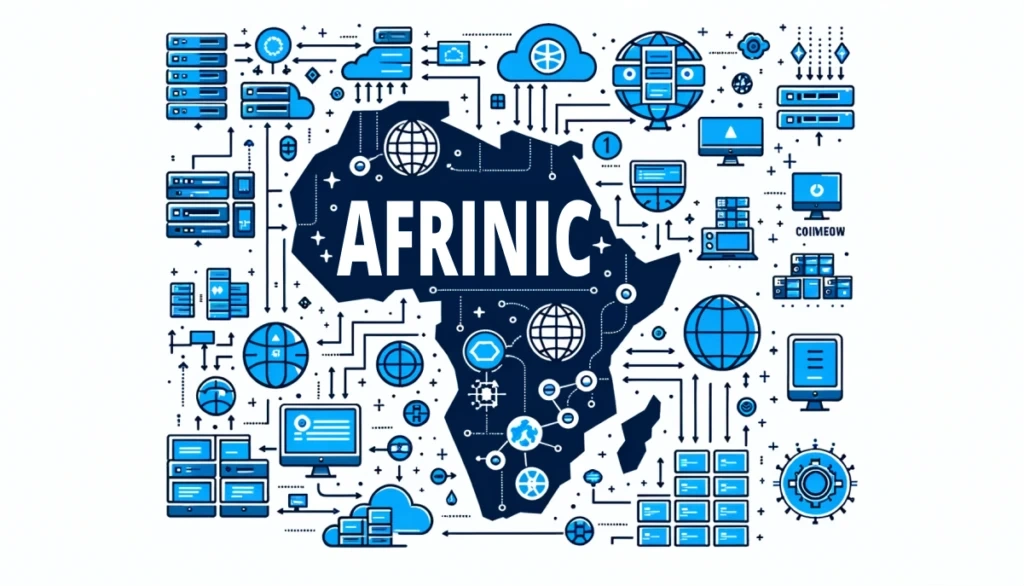The Internet Assigned Numbers Authority (IANA) is an organization responsible for the assignment of numbering systems and unique names that form the backbone of the global internet. IANA effectively manages registries that deal with three categories of Internet identifiers: IP addresses, domain names, and protocol parameters. Even though the Internet is not centralized, we need to manage some of its key elements centrally to achieve global coordination. IANA functions as the administrator that handles this critical coordination. It is one of the several authorities that enable the World Wide Web to be what it is today.
Table of Contents
History of IANA
The need to manage IP addresses, Internet Protocols, and the DNS was apparent from the early days of the Internet. In the beginning, a single person, Jon Postel, handled the tasks that now require an entire organization such as IANA. Postel was instrumental in employing the ARPANET protocols and, essentially, building the predecessor of today’s internet. The Internet Assigned Numbers Authority came into the picture in 1988. Until 1998, both DARPA and ISI funded it. The US government continued supervising the authority until 2016. Afterward, IANA’s responsibilities moved entirely to the private sector.
The role of Jon Postel
Known as the “god of the internet,” Jon Postel played a significant role in the creation and development of IANA. He was instrumental in the early days of the internet, and his contributions continue to shape the internet as we know it today.
Transition to the private sector
In 2016, a significant shift in internet governance occurred when the U.S. government transitioned IANA’s responsibilities to the private sector. This move was part of a long-standing objective to privatize the IANA functions and enhance the global stakeholder model of Internet governance.
The international Internet community developed a proposal, which was transmitted to the U.S. National Telecommunications and Information Administration (NTIA) through ICANN (Internet Corporation for Assigned Names and Numbers). The proposal aimed to ensure the stability, security, and openness of the Internet while meeting the needs of global customers and partners of the IANA services. It also sought to improve ICANN’s accountability to the international community.
The transition was completed on October 1, 2016. Since then, the IANA functions have been operated under a contract between ICANN and Public Technical Identifiers (PTI), a non-profit organization established by ICANN. This historic moment marked a new chapter in the evolution of Internet governance.
IANA’s Responsibilities
IANA maintains an administrative role over the three main types of internet identifiers: DNS root zones, IP addresses and ASNs, and protocol parameters. The primary function of IANA is to make sure these essential values and names remain unique and publicly available.
DNS Root Zone
The DNS is a hierarchical database that connects domain names to an IP address. This further enables computers to send data to each other. IANA is responsible for domain name management of DNS root servers and the DNS root itself. In simpler terms, IANA manages the DNS root zone that keeps the data at the top-level domains like .com and .net.
IP addresses
IANA oversees the global coordination of IP addresses, which come in two versions: IPv4 and IPv6. IPv4, the most commonly used version, was deployed in 1983 and consists of 32-bit numbers, such as 192.0.2.53. IPv6, deployed in 1999, comprises 128-bit numbers and is expressed using hexadecimal strings, like 2001:0db8:582:ae33::29. IANA allocates blocks of both IPv4 and IPv6 addresses to Regional Internet Registries (RIRs), which are:
- AFRINIC for the Africa Region
- APNIC for the Asia/Pacific Region
- ARIN for Canada, USA, and some Caribbean Islands
- LACNIC for Latin America and some Caribbean Islands
- RIPE NCC for Europe, the Middle East, and Central Asia
These RIRs further distribute IP addresses to National Internet Registries (NIRs), Local Internet Registries (LIRs), and ultimately to Internet Service Providers (ISPs). This hierarchical distribution ensures the unique assignment of IP addresses globally.
Protocol parameters
The internet relies on a common language between computers, which is facilitated by protocol parameters. These unique numbers are used in networking protocols, and their management is a key task for IANA.
Protocols and their management by IANA
IANA oversees the coordination of various Internet protocols, including Internet Protocol addressing systems and Autonomous System Numbers used for routing Internet traffic. But one of its crucial roles is managing protocol parameters, which are codes and numbers used in different Internet protocols.
Examples of protocol parameters include:
- HTTP and HTTPS: Application protocols used for transferring web pages.
- TCP and UDP: Transport protocols that handle the delivery of data over the internet.
- IPv4 and IPv6: Internet layer protocols for packet switching and routing traffic across the internet.
- ICMP: Network layer protocol used by network devices to send error messages.
- DNS: Application layer protocol used to resolve human-readable hostnames, like www.example.com, into machine-readable IP addresses, like 192.0.2.1.
IANA keeps these records updated and available to the public, working in coordination with the Internet Engineering Task Force (IETF). Anyone can view or download these protocol registries from IANA’s website, and the data can be retrieved in bulk via Rsync or FTP.
For those looking to register or modify existing registrations, IANA provides application forms. And for creating new registries, IANA refers to RFC 8126 for guidance.
This work by IANA is essential for the smooth operation of Internet services and applications. By ensuring the consistent use of the same codes and numbers worldwide, IANA helps prevent conflicts and ensures different networks and systems can work together.
The Global Impact of IANA
IANA’s work impacts every internet user worldwide. Every time we visit a website, send an email or connect to an online service, we’re relying on the unique identifiers that IANA manages. This global impact underscores the importance of IANA’s work and its central role in the functioning of the Internet.
IANA and ICANN
IANA is effectively a division of ICANN. This nonprofit organization comprises numerous groups that represent different databases. The US Department of Commerce tasked ICANN to manage IANA from 1998. However, as of 2016, ICANN incorporated the Public Technical Identifiers, an affiliate corporation from California, to take over the management of IANA. The incorporation occurred after the contract with the Department of Commerce expired. This event is important as it effectively made IANA part of the private sector.
The relationship with ICANN
The relationship between IANA and ICANN is crucial for the functioning of the Internet. ICANN, which oversees the entire domain name system, relies on IANA to manage the technical aspects of this system. This interplay between the two organizations is a key aspect of how the Internet operates.
Conclusion
As you can see, the Internet Assigned Numbers Authority is an important organization that coordinates numerous activities. These activities make the global internet possible. IANA maintains the time zone database. It keeps track of domain names, IP addresses, ASN numbers, and protocol parameter identifiers. This is what enables the internet we know and love today to support global virtual communication.
Frequently Asked Questions
What is IANA?
The Internet Assigned Numbers Authority (IANA) is an organization responsible for the assignment of numbering systems and unique names that form the backbone of the global internet. IANA effectively manages registries that deal with three categories of Internet identifiers: IP addresses, domain names, and protocol parameters.
What is the history of IANA?
The need to manage IP addresses, Internet Protocols, and the DNS was apparent from the early days of the Internet. In the beginning, a single person, Jon Postel, handled the tasks that now require an entire organization such as IANA. The Internet Assigned Numbers Authority came into the picture in 1988. Until 1998, both DARPA and ISI funded it. The US government continued supervising the authority until 2016. Afterward, IANA’s responsibilities moved entirely to the private sector.
What are IANA’s Responsibilities?
IANA maintains an administrative role over the three main types of internet identifiers: DNS root zones, IP addresses and ASNs, and protocol parameters. The primary function of IANA is to make sure these essential values and names remain unique and publicly available.
What is the relationship between IANA and ICANN?
IANA is effectively a division of ICANN. This nonprofit organization comprises numerous groups that represent different databases. The US Department of Commerce tasked ICANN to manage IANA from 1998. However, as of 2016, ICANN incorporated the Public Technical Identifiers, an affiliate corporation from California, to take over the management of IANA. The incorporation occurred after the contract with the Department of Commerce expired. This event is important as it effectively made IANA part of the private sector.





